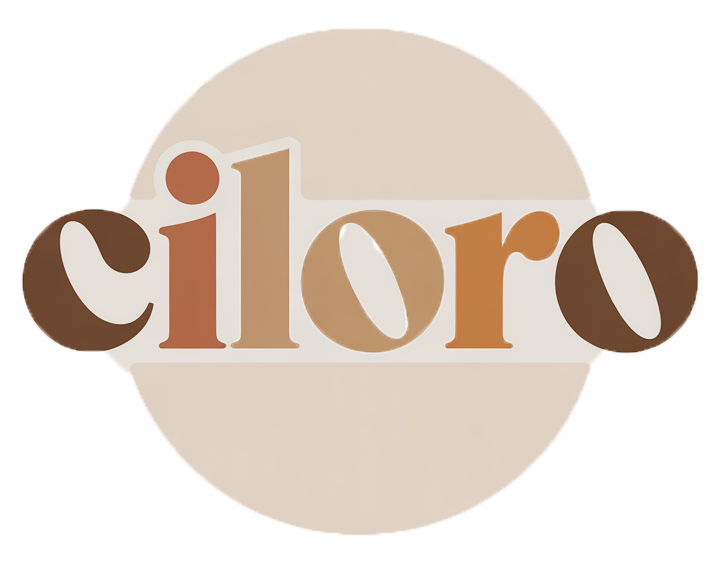Japanese Home Decor Tips for Serenity and Tranquility
Japanese home decor is more than just an aesthetic choice;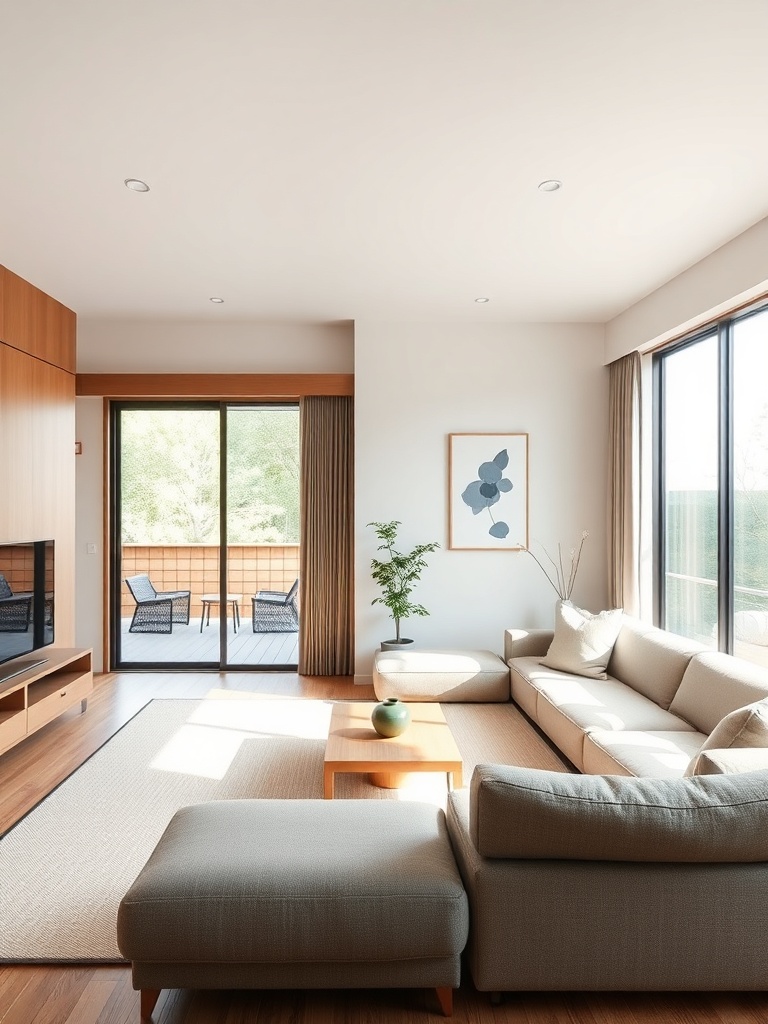
it is a reflection of a lifestyle that values simplicity, nature, and tranquility. The principles of Japanese design emphasize creating serene environments that promote peace and mindfulness, making it an appealing choice for modern homes. This article aims to guide readers in incorporating essential elements of Japanese decor into any space, allowing them to enjoy the benefits of this calming style.
At its core, Japanese home decor revolves around three main principles: minimalism, nature integration, and balance. These elements work together to create spaces that evoke a sense of calm and order. As we explore these concepts, we will provide practical tips and ideas to help you transform your living environment into a stunning oasis of tranquility.
Understanding Japanese Home Decor
Core Principles of Japanese Decor
- Minimalism: A focus on simplicity and functionality, stripping away excess to highlight essential elements.
- Nature Integration: Utilizing natural materials and colors to create a harmonious connection with the outdoors.
- Balance and Harmony: Achieving a sense of peace and order through careful arrangement and proportion.
Key Elements of Japanese Design
- Tatami Mats: These traditional straw mats are fundamental in Japanese homes,
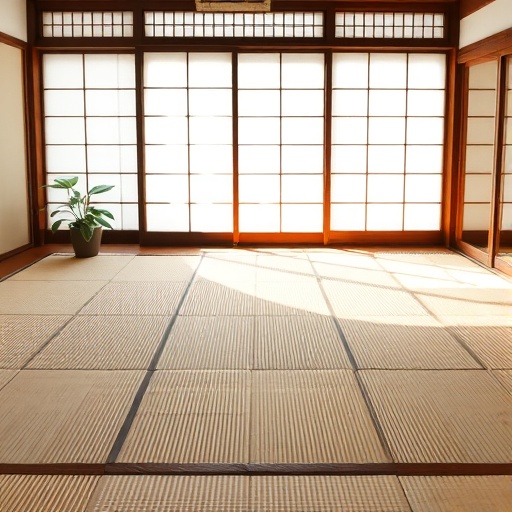
providing a natural and warm texture. - Shoji Screens: Sliding doors made of wood and paper that allow light to filter
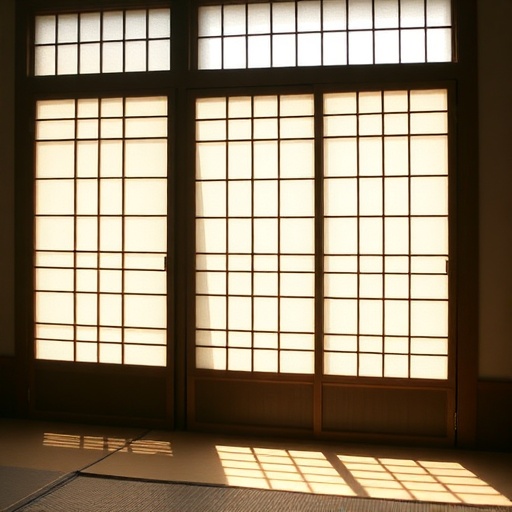
through while maintaining privacy. - Zen Gardens: Small rock gardens that serve as a meditative space
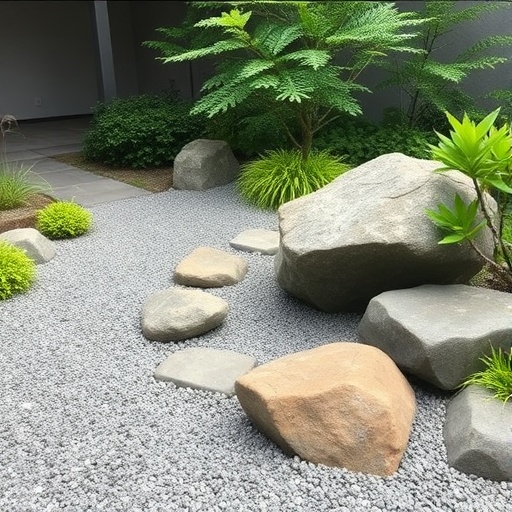
and a representation of nature.
Choosing the Right Color Palette
Natural and Neutral Tones
The color palette in Japanese decor often emphasizes earthy tones such as browns, greens, and beiges. These colors create a calming atmosphere and connect the interior space with nature.
Soft whites and grays are also popular choices, as they enhance the feeling of tranquility and spaciousness in a room.
Accent Colors in Japanese Decor
- Subtle accent colors like indigo and deep red can add depth and interest without overwhelming the space.
- These colors can be used in accessories, artwork, or textiles to create focal points.
Selecting Furniture for Japanese Aesthetic
Low-profile Furniture
Low-profile furniture is a staple in Japanese design, promoting a grounded atmosphere that encourages relaxation. Items such as futons, low tables, and floor cushions are commonly used.
These pieces not only save space but also enhance the feeling of openness in a room.
Natural Materials
Incorporating natural materials like wood, bamboo, and natural fibers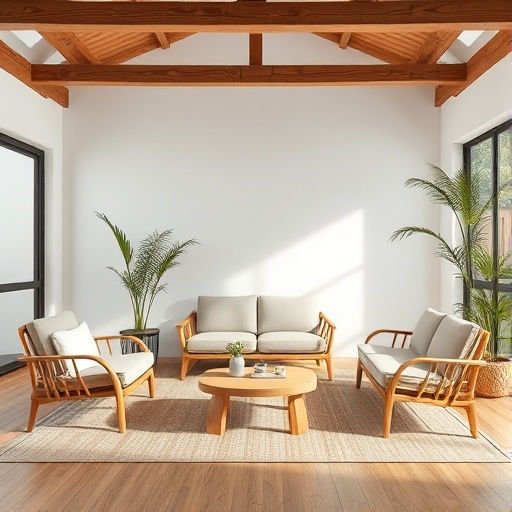
is essential to achieving a Japanese aesthetic. These materials add warmth and authenticity to the decor.
When selecting furniture, consider sourcing sustainable and authentic materials to maintain the integrity of the design.
Incorporating Textiles and Patterns
Traditional Japanese Fabrics
Textiles play a significant role in Japanese decor. Fabrics such as silk and cotton used in kimonos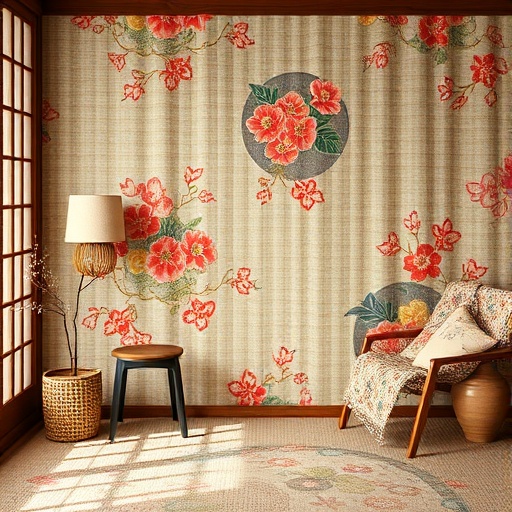
can be repurposed for cushions, throws, and wall hangings, adding richness and texture to the space.
Patterns and Motifs
- Popular Japanese patterns include Asanoha (hemp leaf), Seigaiha (blue ocean waves), and Tachiwaki (rising waves).
- When incorporating patterns, aim for a balanced approach; too many patterns can create visual chaos.
Lighting in Japanese Home Decor
Natural Light Utilization
Maximizing natural light is crucial in Japanese design. Consider window placement and treatment options, such as shoji screens, to enhance light flow while maintaining privacy.
Choosing the Right Fixtures
Lighting fixtures that complement Japanese decor include paper lanterns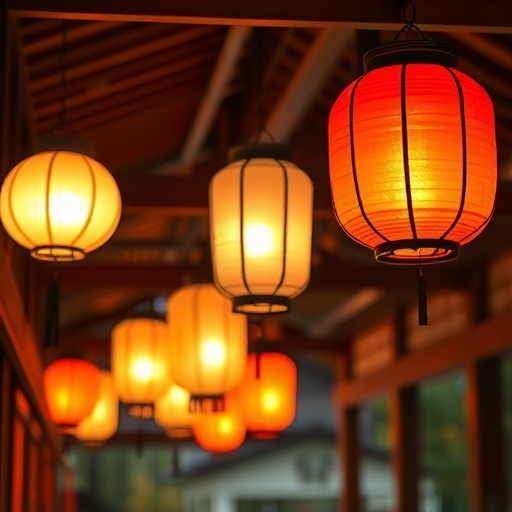
and floor lamps. These types of lighting create a warm and inviting atmosphere.
Creating a layered lighting scheme with different light sources can further enhance the tranquility of the space.
Creating Zen Spaces
Meditation and Relaxation Areas
Designating a space for mindfulness practices is vital in a Japanese-inspired home. This area should include elements such as cushions, plants, and possibly a small water feature to enhance relaxation.
Indoor Plants and Greenery
Incorporating plants into your decor not only purifies the air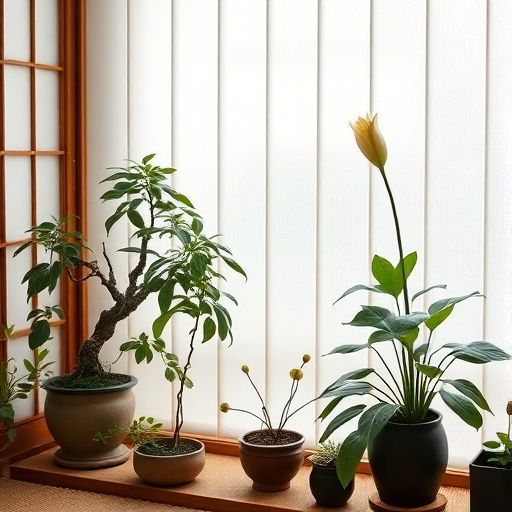
but also adds a natural element that aligns with Japanese principles. Recommended plants include bonsai, bamboo, and peace lilies.
Art and Decor Accessories
Choosing Artwork
Selecting art that reflects Japanese aesthetics is essential. Consider pieces like calligraphy, landscapes, or traditional paintings that evoke a sense of calm and beauty.
Display artwork thoughtfully to enhance the tranquility of the space, avoiding overcrowding walls.
Decorative Objects
When it comes to decorative items, simplicity is key. Opt for accessories such as vases, ceramics, and stone sculptures that contribute to the overall serenity of the decor.
Outdoor Spaces and Japanese Gardens
Designing a Japanese-Inspired Garden
A Japanese-inspired garden should feature key elements such as rocks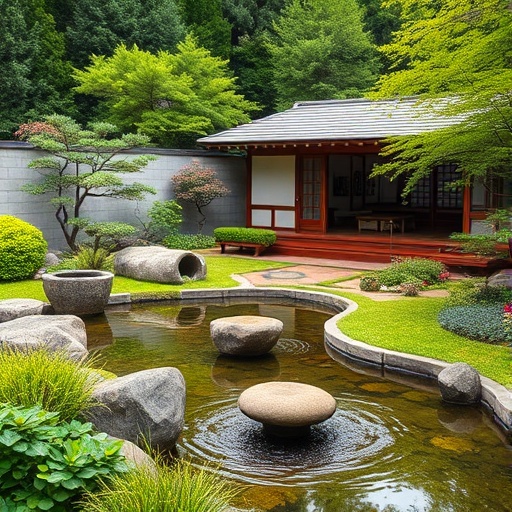
, water features, and carefully chosen plants. This creates a peaceful outdoor retreat that reflects the beauty of nature.
Incorporating Japanese Elements Indoors
Bringing garden elements indoors can create a seamless flow between indoor and outdoor spaces. Consider using rock arrangements or water bowls to enhance the connection with nature.
Maintenance and Care for Japanese Decor
Caring for Natural Materials
To preserve the beauty of natural materials, follow best practices for cleaning and maintenance. Regular upkeep is essential to keep wood and textiles looking their best.
Seasonal Changes in Decor
Adapting decor for different seasons while maintaining Japanese principles can be refreshing. Incorporate seasonal elements, such as cherry blossoms in spring, to celebrate the changing environment.
Conclusion
In summary, achieving stunning Japanese home decor involves embracing the principles of minimalism, nature, and tranquility. By thoughtfully selecting colors, furniture, textiles, and decor elements, you can create a serene environment that enhances your daily life. We encourage you to experiment with these ideas in your own space and discover the beauty of Japanese design.
Recap
Japanese decor focuses on simplicity, natural materials, and harmony, making it a perfect choice for creating a peaceful home environment.
Key Takeaways
- Emphasize minimalism and functionality in your decor.
- Incorporate natural materials and earthy colors for a calming effect.
- Utilize low-profile furniture to promote a grounded atmosphere.
- Choose textiles and patterns that enhance tranquility.
- Maximize natural light and choose appropriate lighting fixtures.
- Create dedicated Zen spaces for relaxation and mindfulness.
- Maintain and adapt your decor to reflect seasonal changes.
FAQ
What is the main principle of Japanese home decor?
The main principle is to create a serene and harmonious environment through minimalism, natural materials, and balance.
How can I incorporate Japanese decor in a small space?
Use low-profile furniture, neutral color palettes, and multifunctional pieces to maximize space while maintaining a Japanese aesthetic.
What types of plants are suitable for Japanese decor?
Popular choices include bonsai trees, bamboo, and peace lilies, which enhance the natural ambiance of the space.
What colors should I use for Japanese home decor?
Focus on earthy tones like browns, greens, and soft whites, with subtle accent colors such as indigo or deep red for added interest.
How do I maintain natural materials in my decor?
Regular cleaning and proper care are essential. Use appropriate cleaning products and techniques to preserve the beauty of wood and textiles.
